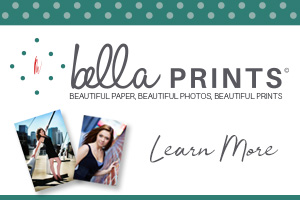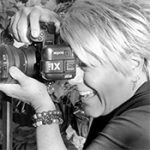Intro by Skip Cohen
In competitive sports there’s a proven theory: usually referred to in tennis: If you play with somebody better than you, your game will improve. It’s no different in photography. I’m a better photographer today because I’ve hung out for so many years with Bob Coates. He’s rarely without a camera and once again, with this post, he’s back at the zoo.
Regardless of your specialty, you have to understand the behavior patterns of your subjects. While the animals in a zoo might be in captivity, that doesn’t change the importance of learning to anticipate what they might do next; eye contact or a movement of their head – something that’s going to make your images more special.
And don’t be underwhelmed with the idea of shooting at a zoo. Even a captive environment allows you to get to know your subjects. You’ll also find a variety of lighting conditions. Changes in conditions give you a chance to experiment with your technique and gear. You can still capture images that have an impact, even if you didn’t spend days in a blind in the jungle!
By Bob Coates
Last zoo post I was sharing some ideas on learning wildlife photography skills while photographing captive animals.
I followed this Great White Egret until the reflection was completed from beak to tail. The black and white treatment brings the bird to the highest contrast attention.
One of the essential skills is to learn to queue behavior. This means learning to see when the behavior will change. What will happen when you look at the feathers shaking in a certain way or excrement fall from a bird. These are indicators that signal flight or a change of wing position and either of those can lead to a more interesting photograph.
Processed this image to BW also. Slight sharpening of the tiger using Skylum software as an Adobe Photoshop plug-in.
I also softened the foreground and background with a gaussian blur as well as a darkening the Curves layer. Its significant help for me that increased my ‘keepers’ in photographing images of animals in zoos, parks and in the wild was a lens that has a long reach.
The micro 4/3rds Panasonic Lumix system has been an enormous help. Being able to handhold an 800mm equivalent lens makes a huge difference because of the mobility and distance from the animals. The less you disturb your prey and having the ability to still fill the frame is golden.
Don’t lose sight of other opportunities when photographing wildlife. This split tree trunk was good for an abstract look of colors and tones.
My main camera these days is the Lumix G9. The stabilization system gives an extra six and one-half to seven stops of hand-holdability. This means that hand holding a lens of 800mm equivalent at 1/60th of a second is very possible with sharp results. My favorite lens is a zoom lens – Leica 100-400mm f4.0-6.3



















